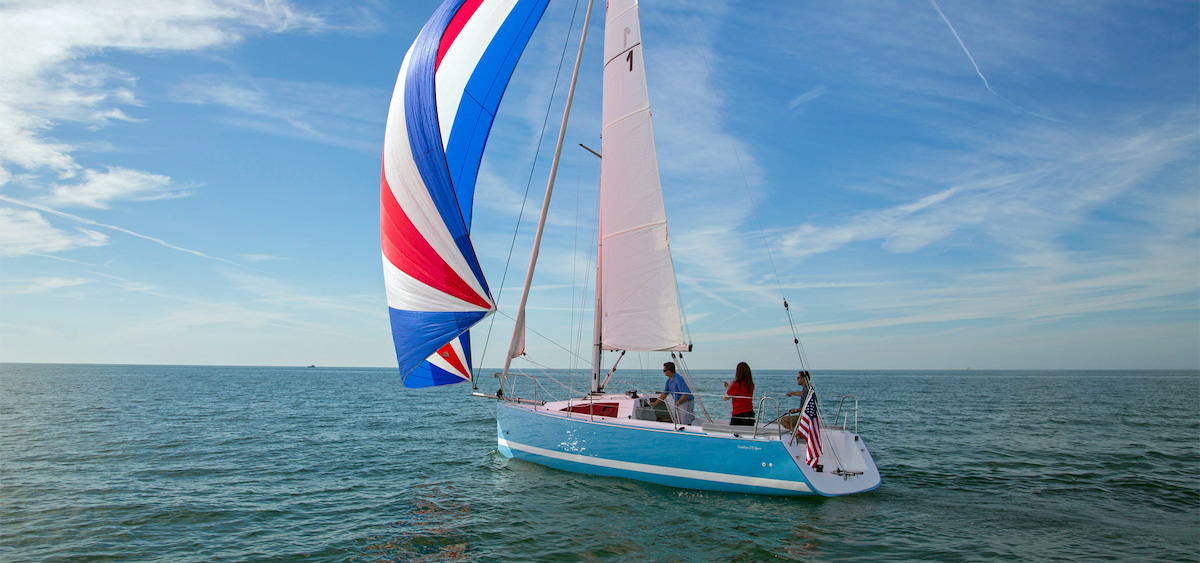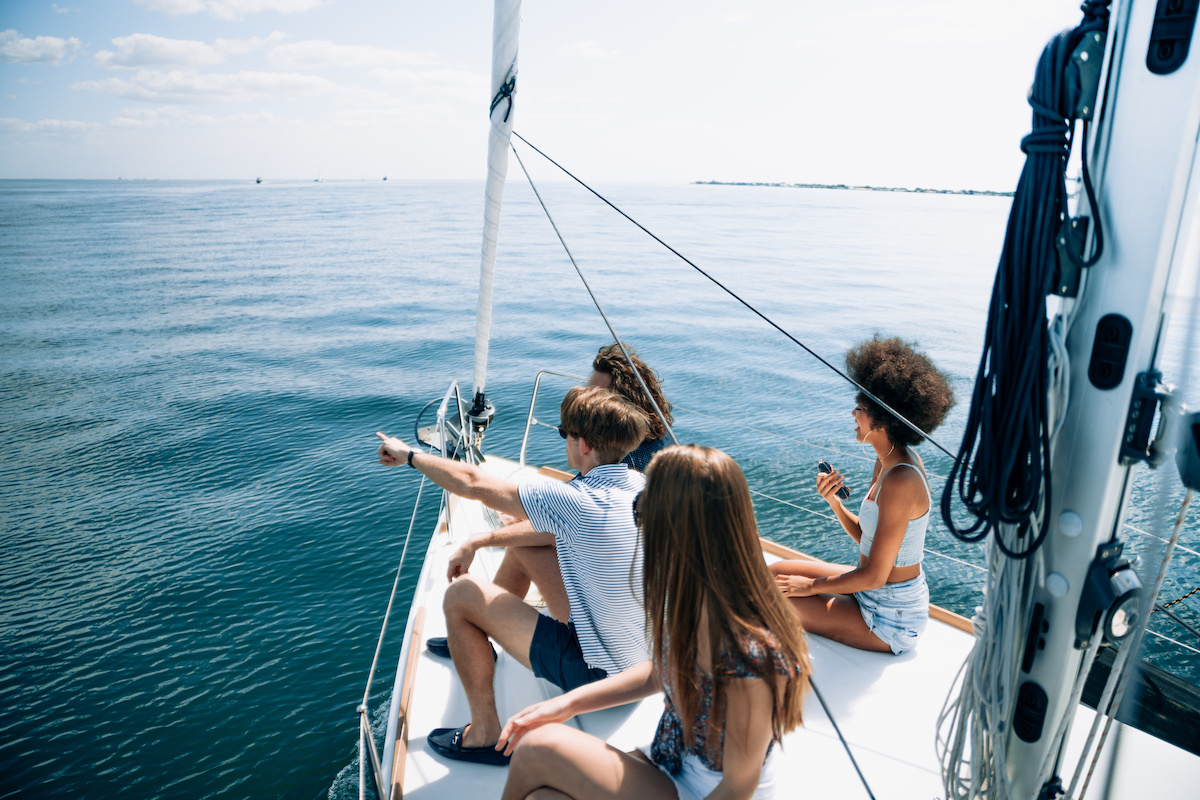A boat keel might initially seem mysterious, but it's pretty straightforward. Think of it as the backbone of your vessel – and once you grasp its purpose, you'll see why it's so important!
What is a Keel?
At its most basic, a keel is a long fin that sticks down from the bottom of your boat into the water. You can't see it when you're on board, but this hidden piece makes all the difference in how your boat handles. (If this name sounds familiar, you might have heard of keelboat sailing!)
The keel also contains or holds the ballast; this is a heavy material (usually stone or metal) that helps keep your boat upright. Imagine holding your hand flat outside a car window—when you tilt it, the air pushes your hand up or down. A keel works similarly, but underwater!
How Does a Boat Keel Work?
Just as airplane wings push against air, your boat's keel pushes against water. This pushing keeps your boat from sliding sideways when the the force of the wind is on the sails.
Our team often explains it this way: Try pushing a paddle straight down in water versus sideways. The sideways movement gives you more resistance. That's precisely what your keel does—it resists the sideways push of the wind, keeping your boat moving forward instead of drifting off course.
Types of Keels
There are two main types of keels that you'll encounter:
- Traditional keels run most of your boat's bottom length, like a long ridge. These work great for cruising and provide steady handling.
- Fin keels, on the other hand, look more like a shark's fin - shorter but deeper. These modern designs help boats go faster and turn quickly. Each type has its own benefits, and the best choice depends on how you plan to use your boat.
What Is a Keel on a Boat and Why Is It Needed?
Well, the answer boils down to three main jobs. First, it keeps your boat from tipping over by adding weight low in the water. Second, it stops your boat from sliding sideways in the wind. Third, it helps your boat sail in a straight line.
Think about trying to walk straight on ice—it's hard because your feet cannot grip anything. A keel gives your boat that grip in the water, helping it stay on course even when wind and waves try to push it around.
Performance Benefits
Beyond these essential functions, different keel designs can make your boat better suited for certain activities. Full-length keels excel at steady cruising and handle rough water well. (They're like the SUVs of the sailing world – stable and reliable!)
Fin keels, which we mentioned earlier, are more like sports cars. They help boats go faster and turn sharply. Most modern boats use this type because they offer a good mix of performance and stability.
Ballast and Stability
As mentioned above, the ballast is a crucial part of the keel's design. In traditional boats, this ballast is either bolted to the bottom of the keel or placed inside it. The weight of this ballast, positioned low in the water, creates a counterforce against the wind pushing on your sails.
Think of it like a tightrope walker's balance pole - the weight at the bottom helps keep everything stable and upright. Without proper ballast, a sailboat would be much more likely to tip over in strong winds.
How Do You Maintain this Part of Your Boat?
Just like you check your car's tires regularly, you should inspect this part of your sailboat. Just keep it clean and ensure all attachment points are secure. This simple maintenance helps your boat perform its best and keeps you safe.
The Importance of Understanding Your Boat Keel
A boat keel does more than keep you stable - it's the foundation of your entire sailing experience! That's why knowing what it is and how it functions makes you a more confident captain.
Want to learn more about boat components and sailing techniques? The Discover Boating blog covers everything from basic maintenance to advanced sailing tips. Each post brings you closer to mastering your time on the water!


